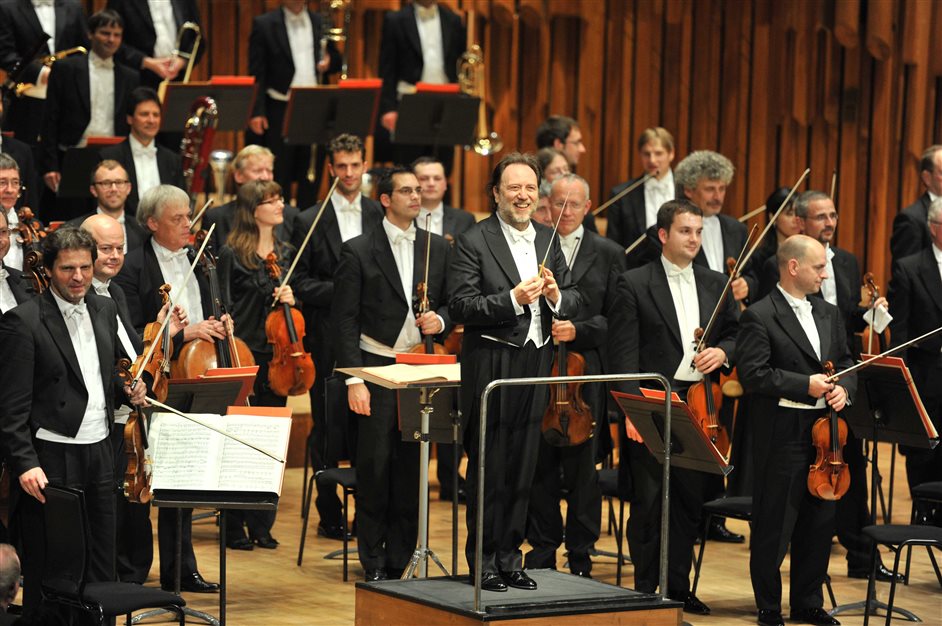Brahms Symphony No 1 in C Minor, Op. 68
Gewandhausorchester Leipzig
Riccardo Chailly Gewandhauskapellmeister
Leonidas Kavakos violin
Enrico Dindo cello
22 October 2013, Barbican, London
*************
One of the highlights of this London season is the Brahms Symphonies and Concertos cycle of Ricardo Chailly and his Leipzig Gewandhaus Orchestra. This orchestra is one of Europe’s most venerable with a history stretching back over 200 years. Along the way it also has connections to Brahms himself via Arthur Nikisch who directed the orchestra's first Brahms cycle in 1913/14 and who Brahms heard conduct his symphonies.
| Johannes Brahms |
 |
| Cellist Enrico Dindo |
"I shall never write a symphony" Brahms stated, aged 37. And the First Symphony had a famously long gestation period. It was all Beethoven's fault. "You've no idea what it feels like with such a giant marching behind you" he said. Nevertheless after 21 years and much encouragement, this majestic work was premiered.
Chailly’s Brahms is highly distinctive. Not for him the dense, monumental effects of others. His hallmarks are a sound of shape, transparency, rhythmic spring, and strong onward momentum. This performance of Brahms' First Symphony was clearly very well rehearsed. The orchestra and conductor have just released a recording of the 4 symphonies and are in the middle of touring them to London, Vienna, Paris etc… At times Chailly exaggerated the indicating of entries from sections, as if to say “Look what a delicious detail we have drawn out here!” But I should not be ungrateful. There were frequent moments when the ear marvelled at a neatly rounded off phrase here, a smooth gear change there. All was targeted towards maximising the transparency and balance of the sound, revealing detail and lifting the rhythm. The pizzicato from the eight double basses was as notable as their wonderful growling pedal notes. The sound from the string sections was at times so smoothly and sumptuously toned it seemed to be lifting the orchestra into a realm of Ideal Brahmsian performance.
There were three moments that made the jaw drop. In the thick of the first movement’s tumultuous development the sequence of gleaming entries thrown amongst the various string sections shone like silver. Then the great melody of the finale sounded as fresh as the day it was written. And the glorious coda? Well this delivered the night’s biggest thrill when the orchestra accelerated dramatically into the final pages.
 |
| Ricardo Chailly and the Leipzig Gewandhausorchester at the Barbican |
No comments:
Post a Comment